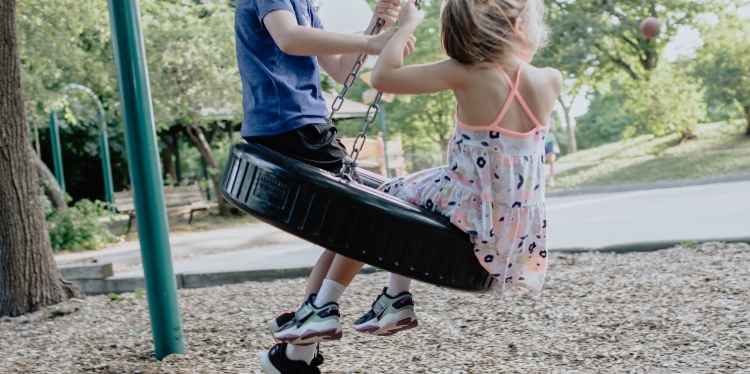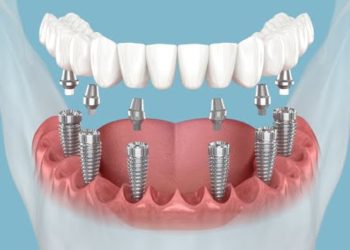Introduction
The role of playground equipment in shaping children’s physical health has been increasingly recognized in recent years. Especially in the UK, where the childhood obesity rate has been rising sharply, with one third of children aged 2 to 15 categorised as overweight or obese, there is a pressing need to promote healthy, active lifestyles from an early age. Playgrounds serve as an indispensable platform for this cause, providing an environment that encourages children to naturally engage in physical activities. This article aims to delve deeper into how specific types of play equipment for schools can positively influence children’s physical health, including enhancing cardiovascular fitness, strength, and flexibility.
The Power of Playgrounds in Promoting Physical Activity
Before we dive into the specifics of different types of playground equipment, let’s first comprehend why playgrounds serve as a potent catalyst in promoting physical health among children. Playgrounds act as an open canvas where children can engage in unstructured, imaginative play. Simultaneously, these spaces are thoughtfully designed with equipment that promotes physical activity and development in a fun and engaging manner. The benefits of outdoor play and physical activities can be encapsulated in the following points:
- Boosts cardiovascular fitness: Regular physical activity, especially of the aerobic kind, leads to significant improvements in cardiovascular fitness. Activities that increase heart rate, such as running, jumping, or even vigorous play on swings, can boost cardiovascular endurance and heart health.
- Enhances strength: Active play on various playground equipment helps children develop muscular strength. Equipment like climbing frames or monkey bars, which require a child to lift their body weight, can significantly improve their upper body strength.
- Improves flexibility: The diverse range of movements involved in playground activities—from swinging on bars to stretching for climbing—contribute to better flexibility and range of motion, which are critical for a child’s physical development.
- Supports bone health: Weight-bearing activities like running and jumping stimulate bone growth and strengthen bone density, reducing the risk of osteoporosis later in life.
- Aids coordination and balance: Complex movements involved in climbing, swinging, and jumping improve fine and gross motor skills, balance, and coordination, all of which are crucial for physical development and day-to-day activities.
- Encourages healthy weight management: Regular physical activity helps in burning calories and maintaining a healthy weight, thereby preventing obesity and associated health issues.
Specific Types of Playground Equipment and Their Impact
To understand the specific impact of various playground equipment on children’s physical health, let’s dissect the benefits associated with each.
Swings
Swings are an iconic piece of playground equipment, providing sheer joy and an adrenaline rush as children soar into the air. But beyond the thrill, swings offer an excellent source of cardiovascular exercise. The motion of pumping their legs to swing higher works the leg muscles and helps improve lower body strength. In addition, keeping balanced on the swing requires the use of core muscles, promoting core stability. Moreover, the rhythmic motion of swinging provides a calming effect, aiding in stress relief and mental well-being, which is an integral part of overall health.
Climbing Frames
Climbing frames are versatile playground equipment that cater to a child’s innate desire to climb. The physical exertion required for climbing serves as an excellent cardio workout, improving cardiovascular health. It also leads to significant development in upper body strength, particularly in the arms, shoulders, and back, as well as leg and core muscles. Climbing frames also aid in developing motor skills, hand-eye coordination, and agility, all of which contribute to better physical performance and injury prevention.
Slides
Slides, though primarily associated with the rush of descending, indirectly promote physical activity. The repeated action of climbing up to the slide, whether it’s steps or a ladder, is a great exercise for the leg muscles and can improve cardiovascular fitness. The effort to reach the top also enhances endurance. Furthermore, climbing the steps or ladder aids in improving balance and coordination, skills necessary for overall physical development and everyday tasks.
Roundabouts and See-Saws
Roundabouts and see-saws might seem like simple fun activities, but they also contribute to physical health. Roundabouts require a pushing action that can improve cardiovascular fitness and build strength in the legs and core, while the rotating motion can improve balance and coordination. See-saws, on the other hand, require a rhythmic up and down motion, which can offer a full-body workout. It targets the legs, core, and arm muscles, and also requires coordination and balance.
Balance Beams and Monkey Bars
Balance beams are an excellent piece of equipment for developing balance, coordination, and concentration. Walking on a beam requires constant adjustment of body position, which enhances motor skills and agility. Monkey bars are often seen as a challenging piece of playground equipment, but their benefits are manifold. They are effective in building upper body strength, endurance, and grip strength. The action of swinging from bar to bar also improves coordination and can contribute to cardiovascular fitness.
The Importance of Variety in Playground Equipment
In the world of playgrounds, variety is key. A playground equipped with a diverse range of equipment allows children to participate in different types of physical activity, leading to a more well-rounded development of their physical abilities and improvement in overall health. A diverse range of equipment not only sustains children’s interest but also motivates them to spend more time engaging in physical activity. Thus, in addition to promoting individual pieces of equipment, the presence of a variety in playground equipment should be emphasised.
Safety Considerations
While focusing on the benefits of playground equipment, safety should always be a top priority. It’s crucial to ensure that playgrounds and their equipment are high-quality, well-maintained, and suitable for the child’s age, ability, and size. Safety also extends to the playground surface; it should provide adequate cushioning to minimise injury from falls. Adult supervision is always recommended to ensure that playgrounds are used correctly and safely.
Conclusion
Playgrounds and the equipment within them play a crucial role in improving children’s physical health. In a time when sedentary behaviours are increasing, playgrounds offer a fun, engaging, and natural way for children to engage in physical activity. With the right mix of equipment promoting cardiovascular fitness, strength, and flexibility, playgrounds can be leveraged to inculcate the habit of regular physical activity among children. By doing so, we can pave the way for a healthier future generation in the UK.
David Prior
David Prior is the editor of Today News, responsible for the overall editorial strategy. He is an NCTJ-qualified journalist with over 20 years’ experience, and is also editor of the award-winning hyperlocal news title Altrincham Today. His LinkedIn profile is here.













































































